-
 bitcoin
bitcoin $122090.672462 USD
1.59% -
 ethereum
ethereum $4493.758974 USD
0.56% -
 xrp
xrp $3.033145 USD
0.65% -
 tether
tether $1.000629 USD
0.00% -
 bnb
bnb $1169.854250 USD
7.07% -
 solana
solana $230.954786 USD
-0.19% -
 usd-coin
usd-coin $0.999785 USD
0.00% -
 dogecoin
dogecoin $0.256108 USD
-1.12% -
 tron
tron $0.342333 USD
-0.12% -
 cardano
cardano $0.859632 USD
-0.10% -
 hyperliquid
hyperliquid $48.932146 USD
-2.25% -
 chainlink
chainlink $22.345466 USD
-1.29% -
 ethena-usde
ethena-usde $1.000217 USD
-0.03% -
 avalanche
avalanche $31.203456 USD
1.93% -
 sui
sui $3.579145 USD
1.05%
How are NFTs defined and how do they work?
NFTs are unique digital assets verified by blockchain, enabling secure ownership of art, music, virtual goods, and more through decentralized technology.
Sep 30, 2025 at 01:18 am
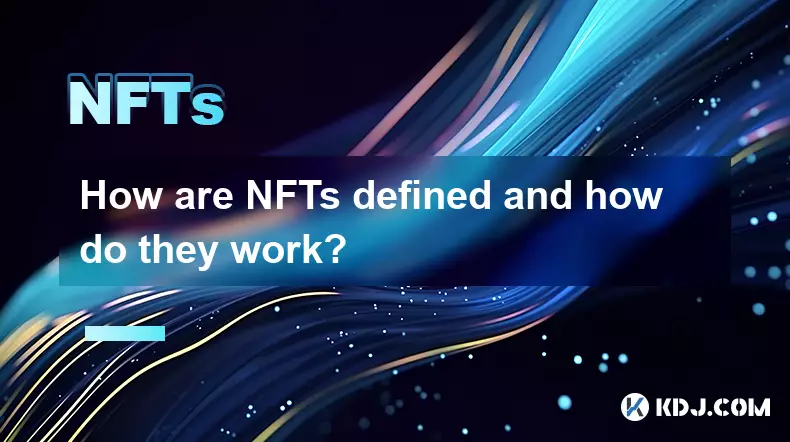
What Are NFTs and How Do They Function in the Digital Economy?
NFTs, or Non-Fungible Tokens, represent unique digital assets verified using blockchain technology. Unlike cryptocurrencies such as Bitcoin or Ethereum, which are fungible and can be exchanged on a one-to-one basis, each NFT carries distinct information that makes it irreplaceable and indivisible. This uniqueness allows NFTs to serve as verifiable proof of ownership for digital items like artwork, music, virtual real estate, and collectibles.
1. Each NFT is built on blockchain standards such as ERC-721 or ERC-1155 on the Ethereum network, ensuring secure and transparent ownership records.
- The metadata associated with an NFT contains details about the asset, including its creator, creation date, and attributes, often stored off-chain via decentralized storage systems like IPFS.
- Ownership transfers occur through smart contracts, which automatically execute when certain conditions are met, eliminating intermediaries.
- Once minted, an NFT can be bought, sold, or traded across various marketplaces like OpenSea, Rarible, or Foundation.
- The immutability of blockchain ensures that the history of an NFT—its origin, past owners, and transaction trail—cannot be altered.
The Role of Blockchain in Validating NFT Ownership
Blockchain serves as the backbone of NFT functionality by providing a decentralized ledger that records every transaction involving a token. This distributed system prevents duplication and fraud, two major concerns in the digital content space.
1. Every NFT is assigned a unique identifier linked to a specific wallet address, making ownership publicly traceable.
- Consensus mechanisms like Proof of Stake validate transactions, ensuring authenticity without reliance on central authorities.
- Smart contracts govern how NFTs behave, including royalty payments to creators upon resale, a feature revolutionizing digital art economics.
- Public keys allow anyone to verify ownership and transaction history, increasing trust among buyers and collectors.
- Interoperability across platforms enables NFTs to move between applications, games, and marketplaces seamlessly.
Use Cases and Applications of NFTs Beyond Digital Art
While digital art remains one of the most visible uses of NFTs, their application extends into multiple domains within the crypto ecosystem and beyond.
1. In gaming, NFTs represent in-game assets such as weapons, skins, or characters, giving players true ownership and the ability to trade across ecosystems.
- Virtual worlds like Decentraland and The Sandbox use NFTs to tokenize land parcels and structures, enabling users to develop and monetize virtual spaces.
- Music artists release albums or tracks as NFTs, embedding royalty agreements directly into the token for lifelong compensation.
- Identity verification systems leverage NFTs for digital credentials, diplomas, or membership access, reducing forgery risks.
- Brands and intellectual property holders utilize NFTs to authenticate limited-edition products, linking physical goods to digital twins on the blockchain.
Challenges and Considerations in the NFT Space
Despite rapid adoption, the NFT market faces several technical, environmental, and regulatory challenges that impact its long-term viability.
1. High gas fees on networks like Ethereum can make minting and trading NFTs expensive, especially during peak congestion.
- Environmental concerns arise from energy-intensive consensus models, though shifts toward Proof of Stake have mitigated some criticism.
- Copyright infringement remains a risk, as anyone can mint an NFT of existing artwork without permission, leading to disputes over legitimacy.
- Market volatility affects NFT valuations, with prices often driven more by speculation than intrinsic value.
- Regulatory uncertainty looms as governments evaluate whether NFTs fall under securities, tax, or consumer protection laws.
Frequently Asked Questions
Can an NFT be copied?Yes, the digital file linked to an NFT can be copied, but the original token containing verifiable ownership and provenance remains unique. Copying an image does not transfer the blockchain-backed rights or authenticity.
Who owns the copyright when an NFT is sold?Typically, the creator retains copyright unless explicitly transferred in the smart contract. Buying an NFT usually grants ownership of the token, not the intellectual property behind the content.
How do royalties work for NFT creators?Smart contracts can be programmed to automatically send a percentage of secondary sales back to the original creator. These royalty mechanisms are enforced by code and executed with each resale on compatible platforms.
What happens if the server hosting an NFT's file goes down?If the digital asset is hosted centrally and the server shuts down, the link may break. However, NFTs using decentralized storage solutions like IPFS preserve the file’s availability as long as nodes continue hosting it.
Disclaimer:info@kdj.com
The information provided is not trading advice. kdj.com does not assume any responsibility for any investments made based on the information provided in this article. Cryptocurrencies are highly volatile and it is highly recommended that you invest with caution after thorough research!
If you believe that the content used on this website infringes your copyright, please contact us immediately (info@kdj.com) and we will delete it promptly.
- BlockDAG, DOGE, HYPE Sponsorship: Crypto Trends Shaping 2025
- 2025-10-01 00:25:13
- Deutsche Börse and Circle: A StableCoin Adoption Powerhouse in Europe
- 2025-10-01 00:25:13
- BlockDAG's Presale Buzz: Is It the Crypto to Watch in October 2025?
- 2025-10-01 00:30:13
- Bitcoin, Crypto, and IQ: When Genius Meets Digital Gold?
- 2025-10-01 00:30:13
- Stablecoins, American Innovation, and Wallet Tokens: The Next Frontier
- 2025-10-01 00:35:12
- NBU, Coins, and Crypto in Ukraine: A New Yorker's Take
- 2025-10-01 00:45:14
Related knowledge
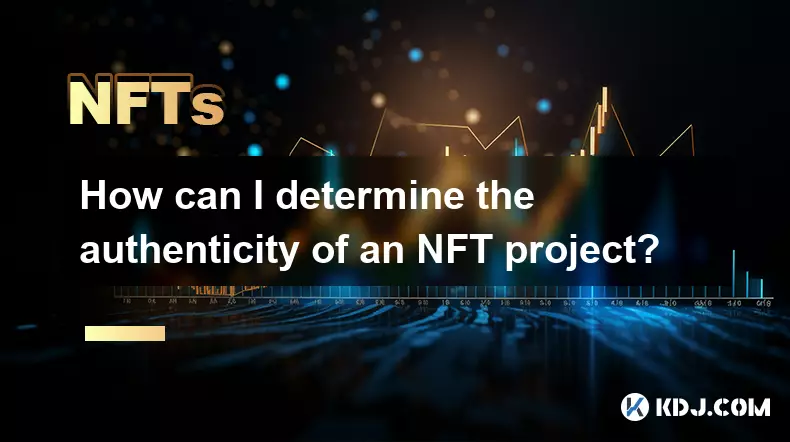
How can I determine the authenticity of an NFT project?
Sep 23,2025 at 05:18pm
Understanding the Project Team and Their Background1. Research the identities of the team members behind the NFT project. Verified social media profil...
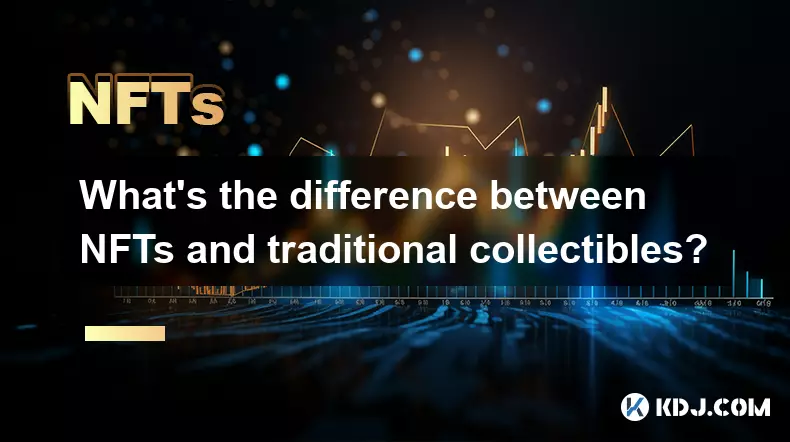
What's the difference between NFTs and traditional collectibles?
Sep 19,2025 at 12:55pm
Digital Ownership and Provenance1. NFTs are built on blockchain technology, which ensures transparent and immutable records of ownership. Every transa...
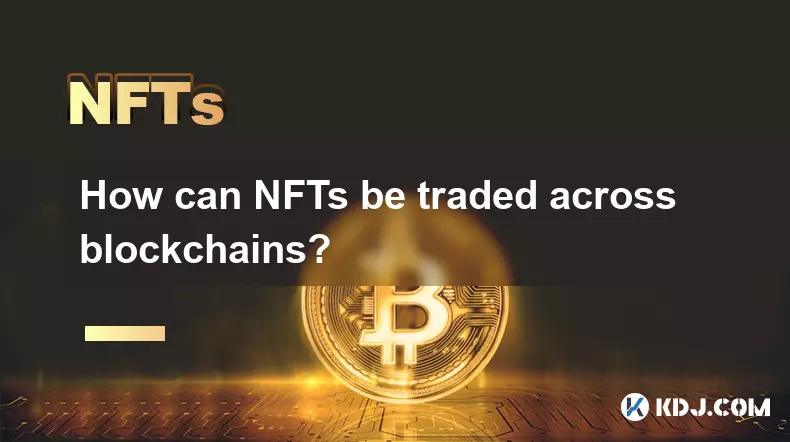
How can NFTs be traded across blockchains?
Sep 19,2025 at 12:00pm
Understanding Cross-Chain NFT Trading1. Non-fungible tokens (NFTs) are digital assets that represent ownership of unique items on a blockchain. Origin...
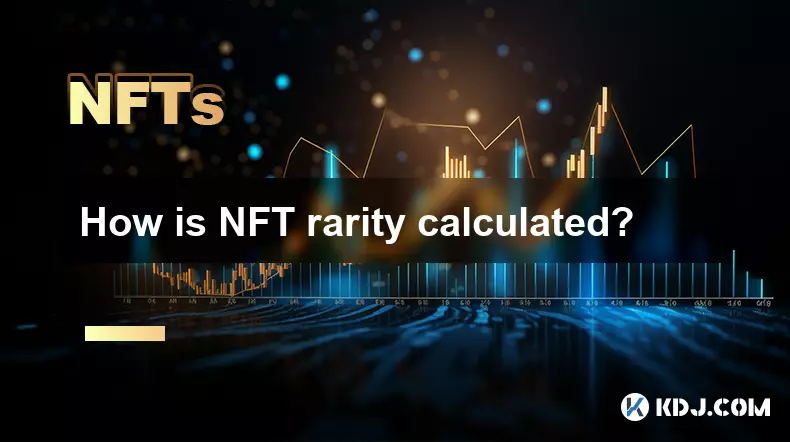
How is NFT rarity calculated?
Sep 18,2025 at 07:54pm
Understanding NFT Rarity Metrics1. NFT rarity is determined by analyzing the uniqueness of individual traits within a collection. Each NFT typically c...
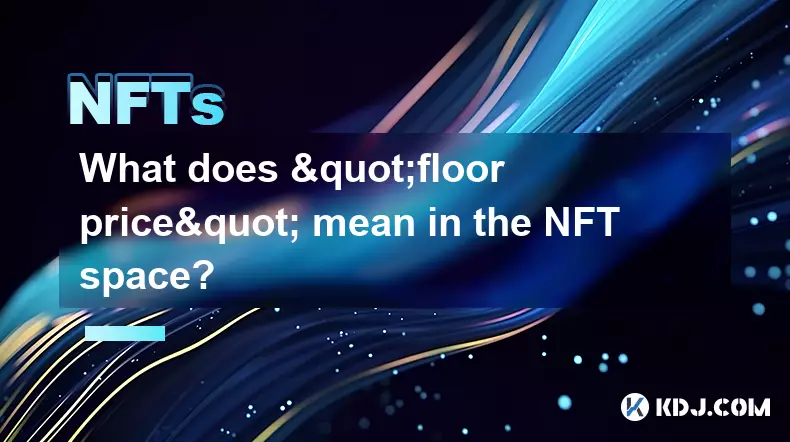
What does "floor price" mean in the NFT space?
Sep 22,2025 at 06:36am
Floor Price: A Core Metric in the NFT Marketplace1. The term floor price refers to the lowest current asking price for any item within a specific NFT ...

How do NFTs help content creators?
Sep 18,2025 at 08:00am
NFTs Empower Creators with Ownership and Monetization1. NFTs provide content creators with verifiable ownership of their digital works, ensuring authe...

How can I determine the authenticity of an NFT project?
Sep 23,2025 at 05:18pm
Understanding the Project Team and Their Background1. Research the identities of the team members behind the NFT project. Verified social media profil...

What's the difference between NFTs and traditional collectibles?
Sep 19,2025 at 12:55pm
Digital Ownership and Provenance1. NFTs are built on blockchain technology, which ensures transparent and immutable records of ownership. Every transa...

How can NFTs be traded across blockchains?
Sep 19,2025 at 12:00pm
Understanding Cross-Chain NFT Trading1. Non-fungible tokens (NFTs) are digital assets that represent ownership of unique items on a blockchain. Origin...

How is NFT rarity calculated?
Sep 18,2025 at 07:54pm
Understanding NFT Rarity Metrics1. NFT rarity is determined by analyzing the uniqueness of individual traits within a collection. Each NFT typically c...

What does "floor price" mean in the NFT space?
Sep 22,2025 at 06:36am
Floor Price: A Core Metric in the NFT Marketplace1. The term floor price refers to the lowest current asking price for any item within a specific NFT ...

How do NFTs help content creators?
Sep 18,2025 at 08:00am
NFTs Empower Creators with Ownership and Monetization1. NFTs provide content creators with verifiable ownership of their digital works, ensuring authe...
See all articles










































































